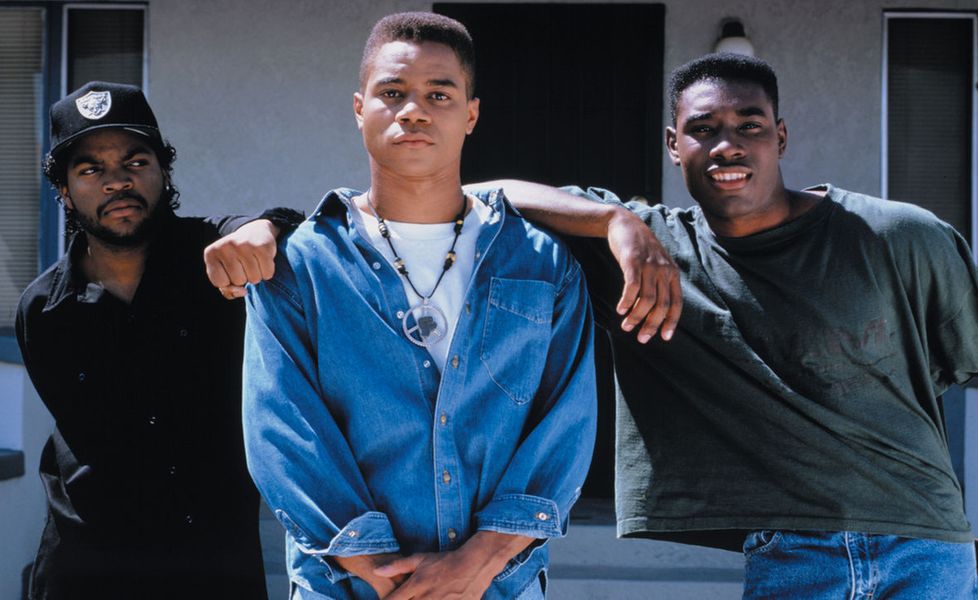Often, to get the whole scope of a cultural problem, more than documentaries or news pieces, it is the work of fiction from those who live within the issue that is able to shed the most light. Initially developed as a requirement for an application to film school in 1986, John Singleton’s Boyz n the Hood would become a cultural phenomenon, voicing the issues of capitalism on the effect of black families living in poverty-stricken areas of Los Angeles.
Selling his work to Columbia Pictures upon Singleton’s graduation in 1990, his script drew inspiration from his own life as well the lives of those he grew up alongside in LA. “I think I was living this film before I ever thought about making it,” Singleton stated, whilst taking considerable inspiration from Rob Reiner’s 1986 coming-of-age film Stand by Me in crafting his own tragic tale of the adolescent transition.
Putting actors Ice Cube, Cuba Gooding Jr., Morris Chestnut, and Nia Long on the cultural map, Singleton’s film follows the lives of three males (Ice Cube, Gooding Jr. and Chestnut) living in the Crenshaw ghetto of Los Angeles, weighing up their future prospects as they avoid the troubles that are inflating around them. Dissecting questions of race, class and violence, it is remarkable how relevant John Singleton’s groundbreaking script remains, typified by one scene in which Laurence Fishburne, father of Cuba Gooding Jr’s Tre Styles, lectures a group of people on the effects of gentrification in their local community.
“It’s called ‘gentrification’. It’s what happens when the property value of a certain area is brought down,” he explains. “They bring the property value down. They can buy the land cheaper. Then they move the people out, raise the value and sell it at a profit”. The themes and issues of Boyz n the Hood can be reduced into Fishburne’s gripping two-minute speech which goes onto question the reason for drugs, guns and violence in the future, concluding his monologue by saying “you have to think young brother, about your future”.
Though, the characters of Singleton’s film, and indeed the lives of many black individuals across the USA, are caught within a systemic web of oppression and prejudice, causing violence, fear and in-fighting. Unfortunately, much of what is explored in the film remains equally pertinent in modern-day society, particularly evident following the Black Lives Matter movement that emerged in 2012 following the acquittal of George Zimmerman in the shooting death of African-American teen Trayvon Martin.
Speaking of the film’s legacy, Singleton states: “It’s really of its time but it’s also timeless because the conditions and things that people are going through still exist,” the director comments, elaborating, “Whether that’s those in urban environments living under a police state, prevalent black-on-black crime, or the nihilistic view of the world that young people have when they don’t see anything else”. Continuing, the director rightfully points out that “neighbourhoods have changed and evolved but many things remain the same and as long as that’s the case then things won’t change”.
At its heart, Boyz n the Hood is a tragic fable and coming-of-age tale, situated within the context of the prominent issues that disturb the everyday lives of the black community. Nominated for Best Director and Best Original Screenplay at the 64th Academy awards, Singleton became the youngest person, and the first African-Amcieran to be nominated for Best Director, demonstrating just how far-reaching the effects of the 1991 classic stretched, transcending cultures and generations in the process.
